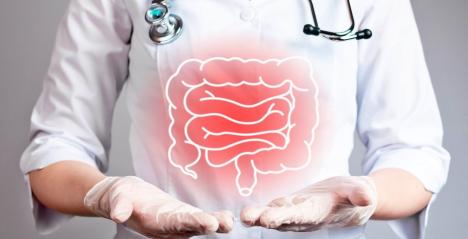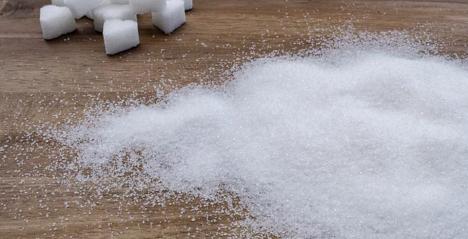Dr Bernard Siew is an Australian who has practised in Singapore for over 15 years. His areas of focus at smilefocus are cosmetic dentistry, including complete smile makeovers, dental veneers in porcelain and resin, and teeth whitening, management of excessively worn teeth, from bruxism to acid erosion, management of snoring, oral rehabilitation and implant, prosthodontics, including crowns, bridges and dentures; orthodontics - cfast (cosmetically focused adult straight teeth) and Invisalign.
Dentist professionals regularly adopt and develop techniques to treat patients, and sometimes we have to look beyond the boundaries of our own professional techniques into ways we can utilise the skills employed in other medicinal areas to provide optimum results.
One such example is bruxism, where a combination of custom-made mouthguard and physiotherapy provides a solution.
Bruxism is an involuntary movement disorder characterized by excessive clenching and/or grinding of the teeth. Amongst the most common symptoms are migraines, a tired jaw, sensitive teeth or a stiff neck.
Although it is not related to dental decay or gum disease, bruxism is one of the leading causes of early loss and damage of teeth. It also leads to excessive teeth contact over a prolonged period which can cause premature enamel dissipation.
Most people with bruxism are unaware they are grinding or clenching as it often occurs at night during sleep (termed nocturnal bruxism or sleep bruxism), but it may also happen during the day (diurnal bruxism). Over 30% of the population is affected by bruxism and the trend is on the rise.
The causes
Bruxism is related to stress and anxiety. Studies have shown that even amongst children where bruxism is more common, stress levels are the main determining factor in identifying bruxers.
Bruxism is also related to dopamine uptake imbalances in the brain, indicating that particular stimulants and medication can increase the occurrence of bruxism. For example, smokers have been shown to have twice the incidence of bruxism compared to non-smokers; nicotine in cigarettes is a known dopamine agonist.
Although there are claims that bruxism is also caused by malocclusion (misaligned teeth), there seems to be little evidence of this.
The symptoms
Self-diagnosis for bruxism is not easy. You may experience vague or inconsistent aches in your teeth. Your jaw muscles may be stiff or sore and you may also experience headaches around the temple region, or even migraines. Bruxism often occurs in waves and bursts, such as when you’re most stressed or anxious. Your dentist will be able to diagnose bruxism with a detailed interview and an examination of your mouth.
The treatment
Bruxism cannot be cured, but it can be managed. If detected early, and in the absence of other diseases, a mouth splint will be made for you. The dental splint, worn at night, relieves pain by helping improve the position of the patient’s jaw joint – known as the TMJ (temporomandibular joint) - and reducing stress elsewhere in their jaw.
Studies have shown that a correctly made dental splint is highly successful in decreasing stress in the jaw and reducing migraine pain attacks by up to 75 percent in 75 percent of its users.
Combined with physiotherapy treatment, which releases and loosens the muscles, together they offer a much more effective and longer lasting solution.
Managing stress level and striking a work-life balance is vital to recovery.
What happens if I brux and I don’t do anything about it?
A bruxer is often only aware of dental problems years after the disorder has commenced. Unfortunately in severe cases, the chronic destruction of a bruxer’s teeth is difficult to manage. As teeth can be severely damaged before pain occurs, root canal treatments, crowns and sometimes teeth extractions may be required. If you suffer from migraines or any of the symptoms mentioned, you may be a bruxer. If you suspect that you are affected by bruxism it is advisable to see your dentist as early detection can save you from a lot of pain and stress.
Brought To You By Expat Choice










